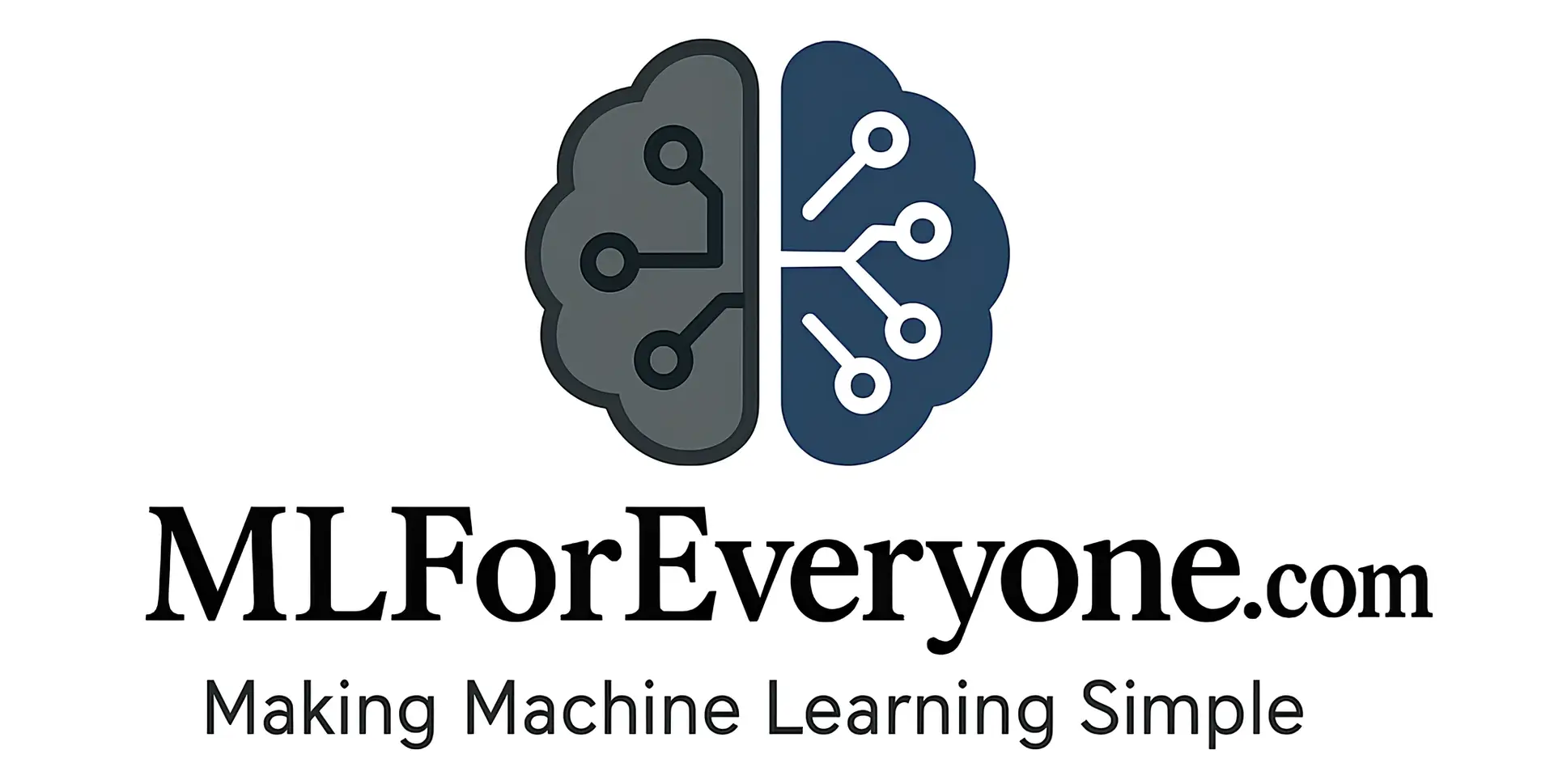Introduction
Have you ever wondered how Netflix suggests movies you love or how your email filters out spam? The answer lies in machine learning, a transformative technology reshaping our world. In this machine learning introduction, we’ll explore what is machine learning, how it works, and why it’s accessible to everyone, from beginners to professionals. Whether you’re a student curious about AI or a professional looking to dive into data science, this guide is your starting point for understanding machine learning for beginners.
Defining Machine Learning
Machine learning (ML) is a subset of artificial intelligence (AI) that enables computers to learn from data and improve their performance without being explicitly programmed for every task. Unlike traditional programming, where developers write specific rules, ML algorithms identify patterns in data to make predictions or decisions.
Imagine teaching a child to recognize apples by showing them examples. Over time, they learn to identify apples without needing a rule for every fruit. Machine learning works similarly, using data as its teacher. This approach makes it ideal for tasks where rules are complex or unknown, such as image recognition or language translation.
Machine Learning vs. AI vs. Deep Learning
- Artificial Intelligence: The broad field of creating systems that mimic human intelligence.
- Machine Learning: A subset of AI focused on learning from data.
- Deep Learning: A specialized ML technique using neural networks for complex tasks like image processing.
For beginners, understanding ML is the first step toward mastering AI.
Types of Machine Learning
Machine learning algorithms fall into three main categories, each suited to different problems.
Supervised Learning
Supervised learning uses labeled data, where each input comes with a correct output. The algorithm learns to map inputs to outputs, enabling predictions on new data.
Example: Email spam detection. By training on emails labeled as “spam” or “not spam,” the algorithm learns to classify new emails accurately.
Unsupervised Learning
Unsupervised learning works with unlabeled data, finding hidden patterns or structures without predefined categories.
Example: Customer segmentation. Retailers use unsupervised learning to group customers based on purchasing behavior, identifying similar groups for targeted marketing.
Reinforcement Learning
Reinforcement learning involves an agent learning through trial and error, receiving rewards or penalties based on its actions to maximize long-term rewards.
Example: Game-playing AI, like AlphaGo, learns optimal moves by playing millions of games, improving with each attempt.
How Machine Learning Works
Machine learning follows a structured process to turn raw data into actionable insights. Here’s a step-by-step breakdown:
1. Data Collection
Quality data is the foundation of ML. For example, to predict house prices, you’d collect data on house sizes, locations, and prices.
2. Data Preprocessing
Raw data often needs cleaning—handling missing values, normalizing scales, or removing outliers—to ensure the model learns effectively.
3. Model Selection
Choose an algorithm suited to the task, such as linear regression for numerical predictions or decision trees for classification.
4. Training
The algorithm learns by adjusting its parameters to minimize errors, using the training data to find patterns.
5. Evaluation
Test the model on unseen data to assess its performance, using metrics like accuracy or mean squared error.
6. Deployment
Once trained, the model is integrated into applications, such as a recommendation system on an e-commerce site.
This process, while technical, can be simplified with tools like Python and libraries like scikit-learn, making it accessible for beginners.
Applications of Machine Learning
Machine learning powers countless applications across industries, transforming how we live and work.
Healthcare
ML aids in diagnosing diseases by analyzing medical images or predicting patient outcomes based on historical data.
Finance
Banks use ML for fraud detection, identifying unusual transactions, and predicting stock market trends.
Retail
Recommendation systems, like those used by Amazon, suggest products based on user behavior, boosting sales.
Transportation
Self-driving cars rely on ML to interpret sensor data, navigate roads, and make real-time decisions.
Entertainment
Streaming platforms like Spotify use ML to curate personalized playlists, enhancing user experience.
These examples show ML’s versatility, making it a valuable skill for professionals in any field.
Getting Started with Machine Learning
Ready to dive into machine learning? Here’s how to begin:
Prerequisites
- Programming: Basic knowledge of Python is ideal, as it’s the most popular language for ML.
- Statistics: Understanding concepts like mean, variance, and probability helps grasp ML algorithms.
- Mathematics: Familiarity with linear algebra and calculus is useful but not mandatory for beginners.
Recommended Resources
- Courses: Enroll in Coursera’s Machine Learning by Andrew Ng for a comprehensive introduction.
- Books: Read Hands-On Machine Learning with Scikit-Learn, Keras, and TensorFlow by Aurélien Géron for practical insights.
- Communities: Join Kaggle to practice with real datasets and learn from others.
Tools and Libraries
- Python: The go-to language for ML, with a rich ecosystem of libraries.
- Jupyter Notebooks: An interactive environment for coding and visualizing data.
- scikit-learn: A beginner-friendly library for implementing ML algorithms.
Simple Projects
Start with these projects to build confidence:
- Linear Regression: Predict house prices using a dataset like the Boston Housing dataset.
- Iris Classification: Classify flower species using the Iris dataset, a classic ML problem.
Conclusion
Machine learning is an exciting field that empowers computers to learn from data, transforming industries and creating new opportunities. This machine learning introduction has covered the basics, from definitions and types to real-world applications and how to get started. Whether you’re a beginner or a professional, MLForEveryone.com offers more tutorials and guides to help you master machine learning for beginners. Start exploring today and unlock the potential of AI!





Leave a Reply